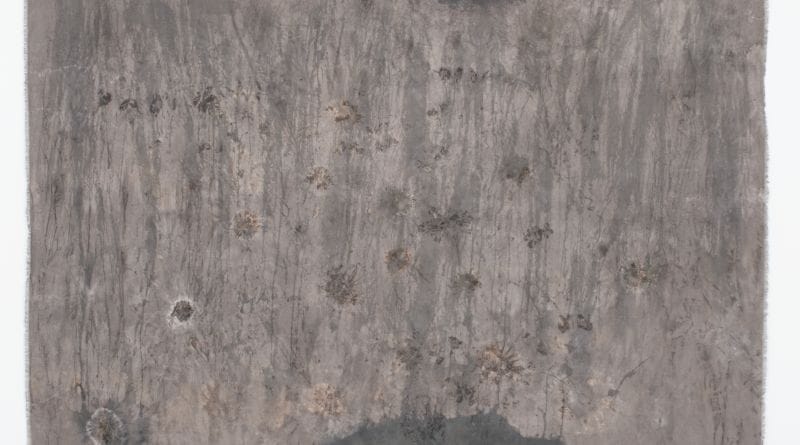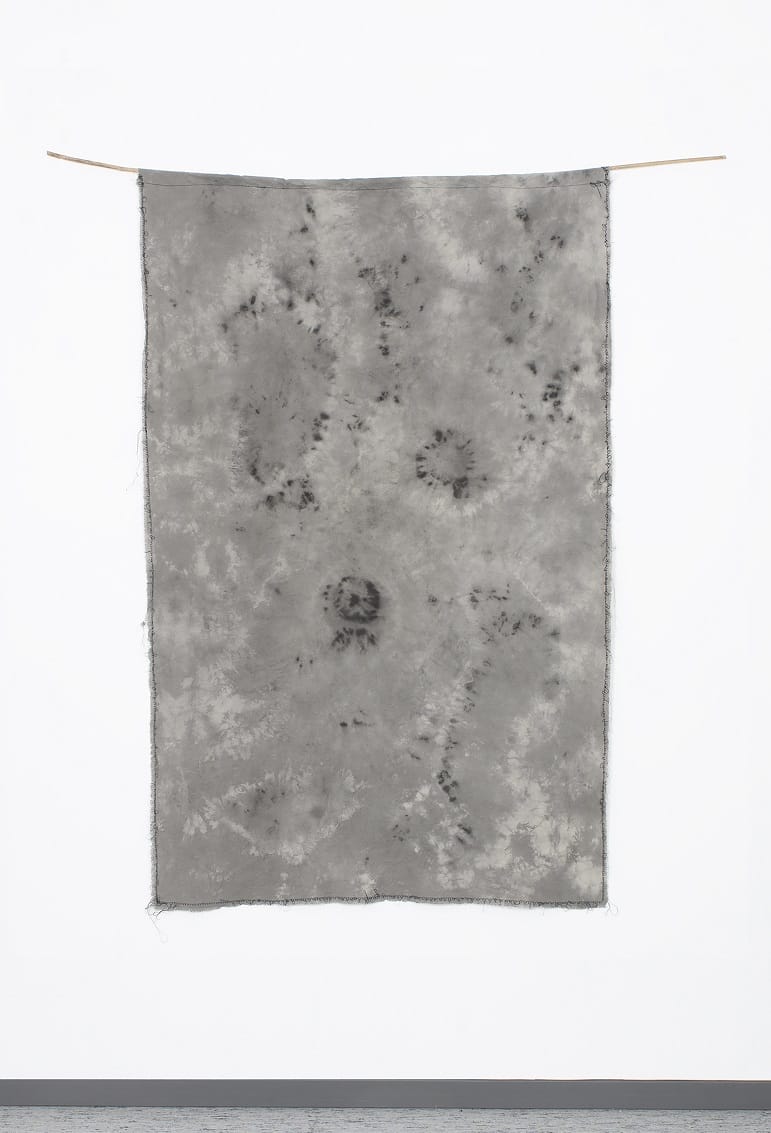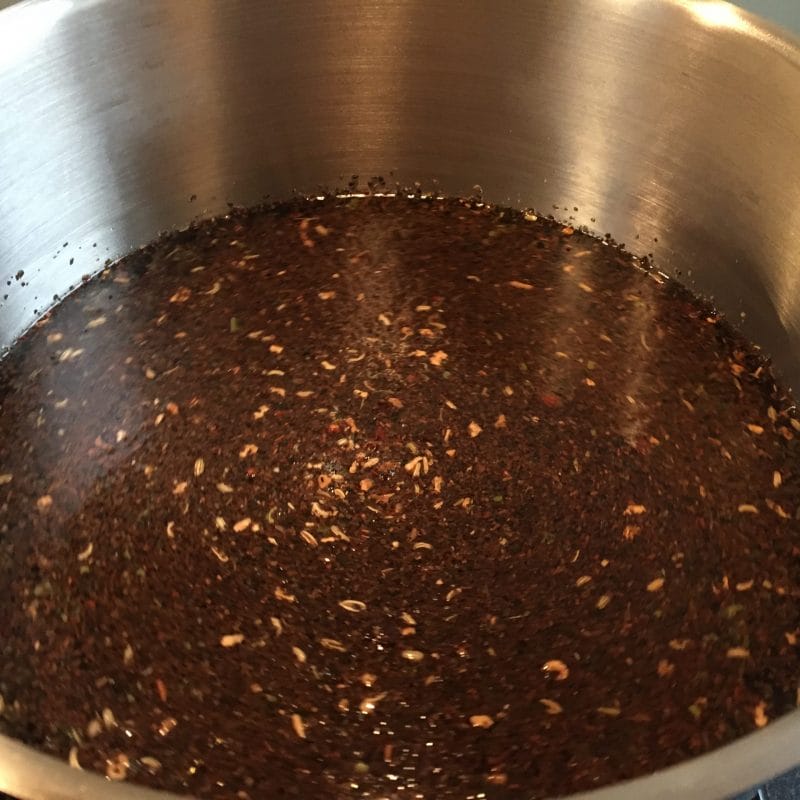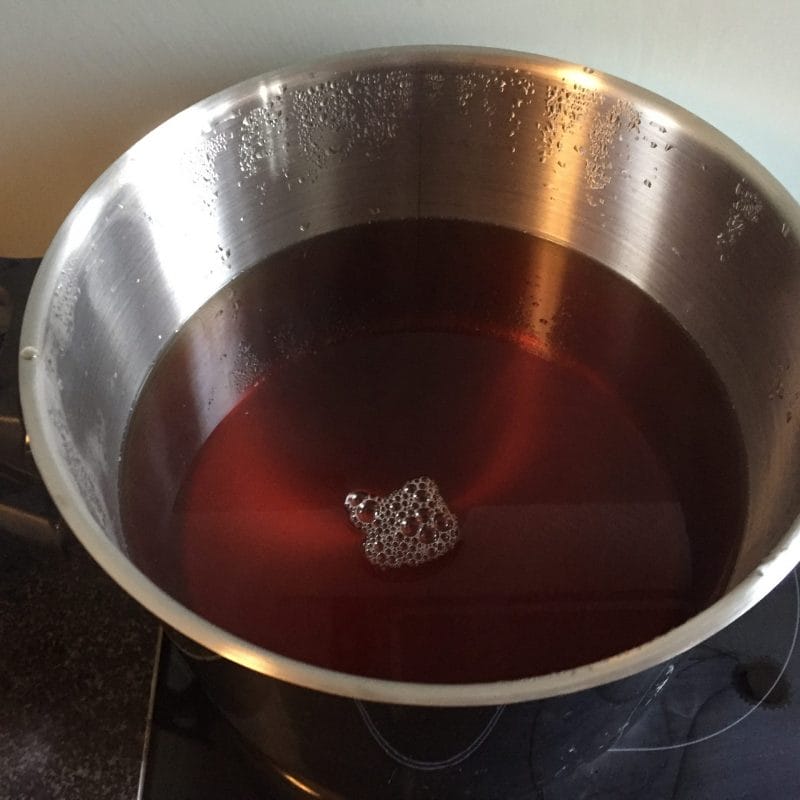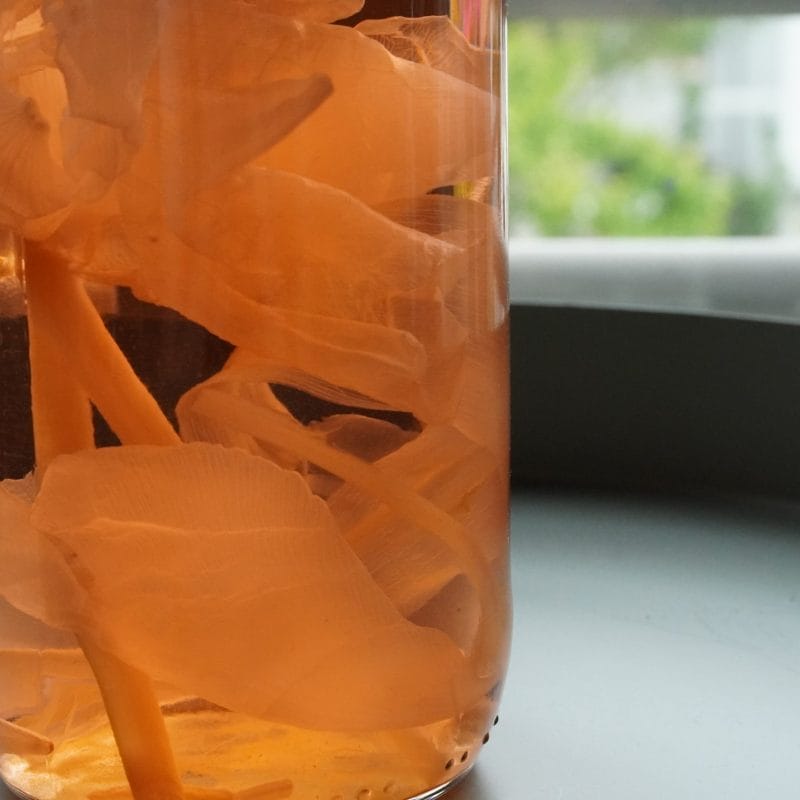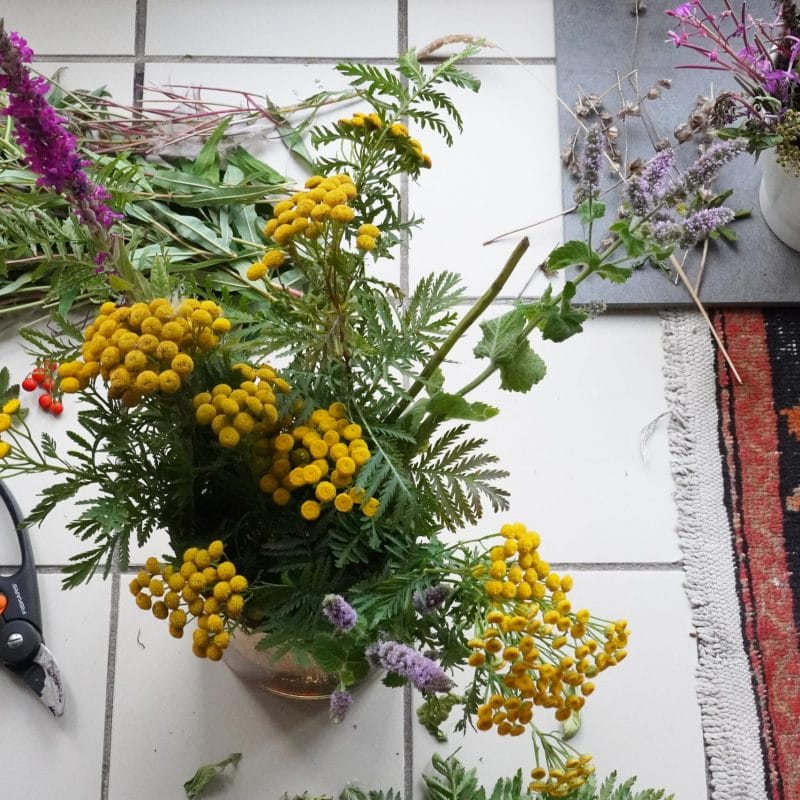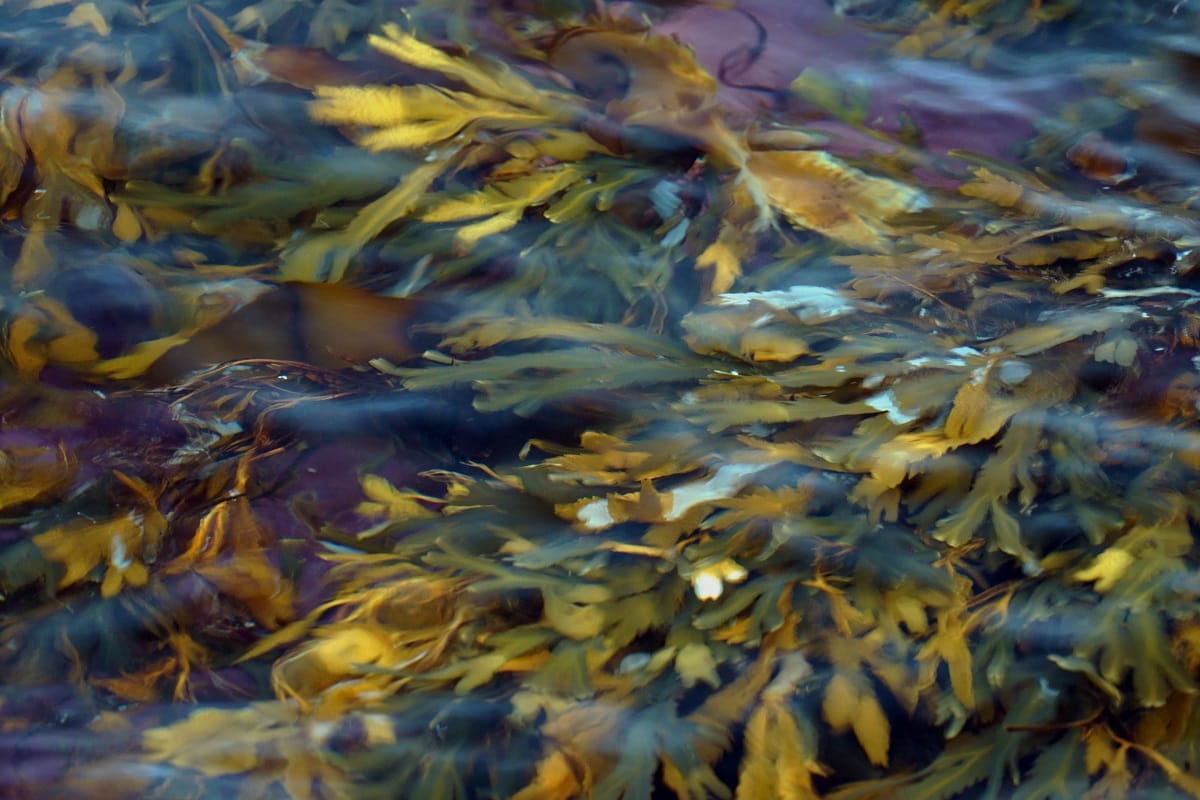TERESA PUIG – PERMUTABLE ESSENCE
*Ph. Credit: Yumiko Ashley
Teresa Puig is a Spanish artist living and working in Norway.
Her work is based on a close observation of space; she pays attention to the ephemeral and transitory aspects of the natural world.
She refers to her works as “scenarios”, spatial installations where she combines projected images, lights and objects made out of paper, threads, textiles and natural elements.
Her work spans drawings and photography to the latest developments involving traditional textile techniques: weaving, hand knotting and natural dyes with local sources.
Teresa has been travelling a lot in her life, and her practice bears influences from different cultures.
“My latest work is textile-based, and the production process is a combination of previous experiences. I’ve been living in different countries where I’ve got in contact with workers from communities, especially women, from various backgrounds and professions. I like to learn aspects of their daily life and their own culture. For example, in Azerbaijan, I was very lucky to know women who produced amazing carpets. In Norway, I have the opportunity of learning how to weave from the old and traditional looms from Husflidslag, the handcrafts association. It’s very interesting to get to know people from the place where you reside, even though sometimes it seems there is not a close connection with your practices, but there is always a line connecting to your paths. I’ve also been working with lines, mapping and tracing charts from my own and others trajectories. In a way, now, I feel that I’m still mapping and tracking the area where I live by extracting the colour of the territory.”
“Permutable essence” is an experimental project that uses organic materials from the local environment to create a “Bioregional” artwork.
Ph. Credit: Yumiko Ashley
“By Bioregional, I mean that I’m working from natural sources from a specific place, now I’m working with material from the Rogaland area that is where I live. I’m trying to use natural elements that the Earth supplies like edible plants, wildflowers and seaweeds. I like to regenerate the old tradition of dyeing fabric, reconnect with nature, and significantly impact the environment.”
The work finds its incipit from the artist bond with textiles. Since she was a child, she was surrounded by her parent’s looms and extensive size textiles in the family’s workshop. Instead, her interest in colours is linked to the time she spent working in the textile industry.
Experimentation with natural dyes responds to an allergic reaction caused by years of work with synthetic colours. Teresa’s approach is now less controlled and more open to experimentation, proceeding by trials and errors in a safer environment. “Natural tones are always unexpected”, she says.
The evolution of the “permutable essence” process is documented in a journal where she takes note of the investigations
“Researching for my journal consists in harvesting, classifying and naming plants. A selection of plants will be used for dyeing, and the rest would be for preserving, drying and pressing. Collecting the plants and displaying them on a flat surface is like a representation of the geographical area. Again, mapping the space.”
Teresa’s pigments come from a variety of edible plants (avocado, onion, pomegranate and tea), wild plants (flowers and tree bark) and algae (kelp).
Ph. Credit Teresa Puig
“I have samples of dyed fabric with algae, but the tone is very subtle. I have collected, filmed and photographed seaweeds; they provide me great energy by just looking at them.”
Collecting the raw material is like a cartography of the area and the tones and shades from the result of the dyeing fibre, shows the essence of the organic elements in the landscape of the region, and somehow, it’s mirroring its cycle of life, which is in constant change, mutating and vanishing.”
The base of her works is cellulose fibres; usually, cotton. The whole process from mordanting to dyeing is made with natural sources. The technique is alchemy itself and a synergy between handcrafts, environmental art, traditional and contemporary craft.
“I don’t premeditate much those pieces because I can’t even control the colour as the tones from nature are unexpected. I quite like the intuitively way of working on this project. When I got the first pieces finalized, I liked the delicate and subtle look of them; somehow, they were echoing the fragile situation that we’ve had these days around the world. Right now, I’m introducing texture on the new ones; I’d like them to be heavier and wilder. Perhaps I feel they need to have more presence.
I’m currently working with plants that I’ve recently collected, part of it is dried and pressed, and the other part is heated in a pot to get the colour. I’m also experimenting with solar dyeing, where the fabric and plants are placed in a glass jar and leave on a sunny spot; the sun is used as a heat source.
Ph. Credit Teresa Puig
New pieces of work are in the dyeing process, then eventually, additional textures would be applied to them by using thread in different weaving techniques, embroidering and stitching.”
Teresa is currently working on her next exhibition at Textile Museum and Documentation Centre (CDMT) in Terrassa, Barcelona, Spain.
